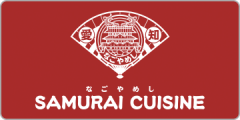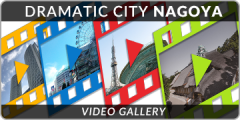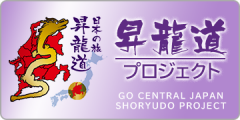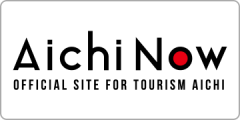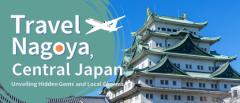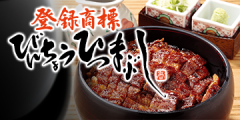- Home
- Sightseeing Spots
Sightseeing Spots
1 - 11 / 11 RESULTS
-
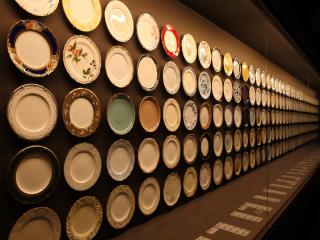
Nagoya Station
The Road of Manufacturing Culture
On the west side of Nagoya Castle, there is an area where traditional crafts such as Nagoya yuzen (a type of kimono dyeing) and Nagoya folding fans have been passed down through generations. It is also known for its concentration of confectionery manufacturers and wholesalers, historical resources like Shikenmichi Road, Endoji Shopping Street, and Mino Road, as well as being the birthplace of modern industries. This area is characterized by a vibrant culture related to "monozukuri" or manufacturing. It is referred to as "The Road of Manufacturing Culture." See More
On the west side of Nagoya Castle, there is an area where traditional crafts such as Nagoya yuzen (a type of kimono dyeing) and N…See More
-
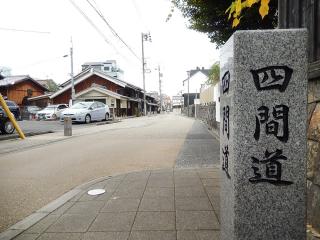
Nagoya Station
Historic Townscapes of Shikemichi
Shikemichi is a town of merchants located on the west bank of Horikawa River that goes through the castle town of Nagoya. This town was built in 1610, when the whole town of Kiyosu moved to the site with the construction of Nagoya Castle. "Shikemichi" means an about 7 meter-wide street, and the name is derived from the fact that the street's width was expanded for fire protection and for the commercial activities after an inferno occurred in 1700. Storehouses are built on the stone walls and traditional townhouses stand in a row. The landscape as we know it today was completed in the Genbun era (around 1740). It was designated as a townscape preservation area of Nagoya in 1986. See More
Shikemichi is a town of merchants located on the west bank of Horikawa River that goes through the castle town of Nagoya. This to…See More
-
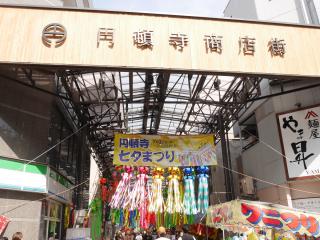
Nagoya Station
Endoji Shopping Street
Endoji Shopping Street is located approximately midway between Nagoya Station and Nagoya Castle. It has been a bustling district along with Osu and others since ancient times. It developed as a commercial area along Horikawa and Mino Roads after Tokugawa Ieyasu's crossing of Kiyosu, and it also thrived as a temple and shrine town. The traditional atmosphere of Nagoya's downtown still remains, with both long-established stores founded in the Meiji era and unique new shops lining the street. The Endoji Tanabata Festival, held jointly with Endoji Honmachi Shopping Street every July, is a historic festival that dates back to 1956. Additionally, there is a preserved district called Shikemichi nearby, featuring old storehouses and remaining rooftop deities. See More
Endoji Shopping Street is located approximately midway between Nagoya Station and Nagoya Castle. It has been a bustling district …See More
-
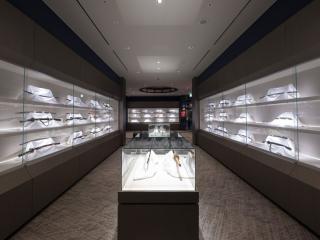
Sakae / Fushimi
Nagoya Touken World Sword Museum
Hommachi-dori Street in the Sakae area was constructed as a means to commute between Nagoya Castle and Atsuta Jingu Shrine just as the castle was being built at the beginning of the Edo period. More than 400 years later and the metropolis of Nagoya as we now know it owes much of its culture to this road. Nagoya Touken World—or the Nagoya Sword World—came to be in this very area in the Nagoya Touken Museum as a homage to the rich local history. Nagoya Touken World displays numerous ancient swords, armor, and other wartime memorabilia as well as important cultural properties in the present day as proud pieces of Japanese culture. Transcend time and space in the world of Japanese weaponry at Nagoya Sword Museum along Hommachi-dori Street in Nagoya's bustling Sakae area—host to both a rich history and the future to come. See More
Hommachi-dori Street in the Sakae area was constructed as a means to commute between Nagoya Castle and Atsuta Jingu Shrine just a…See More
-
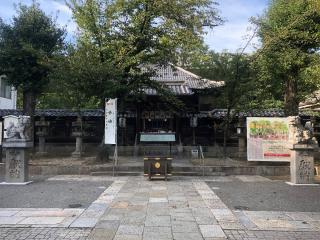
Sakae / Fushimi
Nagoyatoshogu
Nagoya Toshogu Shrine was established by Tokugawa Yoshinao, the founder of the Nagoya Domain, in the 5th year of the Gen'wa era (1619), enshrining Tokugawa Ieyasu, the founding shogun of the Tokugawa Shogunate, within Nagoya Castle. In the 8th year of the Meiji era (1875), the shrine was relocated to its current location. However, it was tragically destroyed by the bombings during World War II in the 20th year of the Showa era (1945). The current main hall of the shrine is a reconstruction, originally being the memorial hall (otamaya) of Tadayori, the lawful wife of Yoshinao. This structure was moved from Wanchosan Temple to Kenchuji Temple in the 3rd year of the Taisho era (1914) and then transferred to the present site in the 29th year of the Showa era (1954). It is now designated as an Important Cultural Property of Aichi Prefecture. Before the war, the Toshogu Festival used to feat… See More
Nagoya Toshogu Shrine was established by Tokugawa Yoshinao, the founder of the Nagoya Domain, in the 5th year of the Gen'wa era (…See More
-
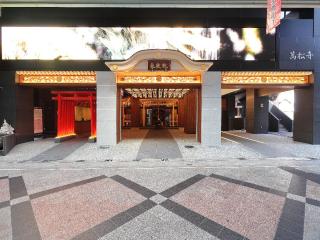
Osu / Kanayama
Banshoji
Banshoji Temple was established to pray for the repose of the soul of Oda Nobuhide (the father of the noted warlord, Oda Nobunaga). The temple was relocated to Osu when Nagoya Castle was built in 1610. Two karakuri mechanical dolls are exhibited: one expresses the scene of Nobunaga throwing incense at his father's funeral, and the other expresses the scene of Nobunaga performing a dance, "Kouwakamai", before going into the battle of Okehazama. See More
Banshoji Temple was established to pray for the repose of the soul of Oda Nobuhide (the father of the noted warlord, Oda Nobunaga…See More
-
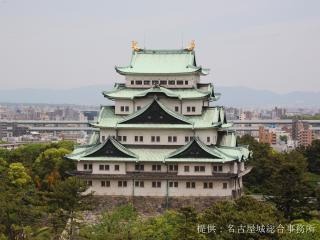
Northern Area
Nagoya Castle
In 1610, Tokugawa Ieyasu began the construction of Nagoya Castle, as a residence for his son Yoshinao. The castle burned down in the war, but in 1959, the five-story main tower keep (approx. 48 meters), with its golden shachi ornaments, and the sub tower keep (approx. 24 meters) were reconstructed. The Nagoya Omotenashi Bushotai greet visitors every day at the main gate, and were the reason behind the bushotai boom across the nation. They also put on an omotenashi performance on weekends and national holidays. In addition, Hommaru Palace was fully opened to the public on June 8, 2018, after the completion of reconstruction work that had taken over 10 years. See More
In 1610, Tokugawa Ieyasu began the construction of Nagoya Castle, as a residence for his son Yoshinao. The castle burned down in …See More
-
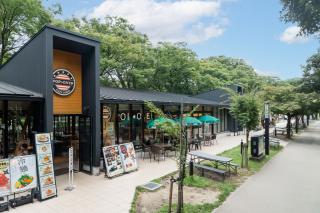
Northern Area
Muneharu Zone of Kinshachi Yokocho
This is one of the commercial establishments to open in two areas of the Nagoya Castle premises on March 29, 2018. The Muneharu Zone, situated in the east gate area of Nagoya Castle owes its name to the seventh provincial ruler, Lord Muneharu Tokugawa, and is created with the concepts of modernity and change. The buildings are constructed with large panes of glass in a bright, and modern Japanese style of architecture. The zone is lined with restaurants where you can eat highly creative cuisine from owners active not only in Nagoya, but all of Japan and abroad. Enjoy yourself in Kinshachi Yokocho during your visit to Nagoya Castle. See More
This is one of the commercial establishments to open in two areas of the Nagoya Castle premises on March 29, 2018. The Munehar…See More
-
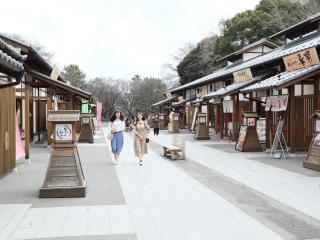
Northern Area
Yoshinao Zone of Kinshachi Yokocho
This is one of the commercial establishments to open in two areas of the Nagoya Castle premises on March 29, 2018. The Yoshinao Zone, situated in the main gate area of Nagoya Castle owes its name to the first provincial ruler of the Owari Tokugawa clan, Lord Yoshinao Tokugawa, and is created with the concepts of tradition and accuracy. The buildings are constructed in a wooden, purely Japanese style of architecture conjuring thoughts of merchant houses from the Edo period. Well-known restaurants offering the unique food culture of Nagoya cuisine, known as "Nagoya meshi", and long-standing, traditional local restaurants are lined up. You can also purchase Kinshachi Yokocho merchandise and famous items from Nagoya the commercial store so you never forget your great time. Enjoy both dining and shopping in Kinshachi Yokocho during your visit to Nagoya Castle. See More
This is one of the commercial establishments to open in two areas of the Nagoya Castle premises on March 29, 2018. The Yoshina…See More
-
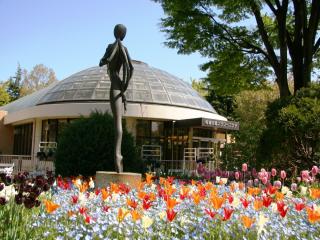
Northern Area
Meijo Park
The collective name for the parks surrounding Nagoya Castle, including Ni-no-Maru, San-no-Maru, and up to the northern public park. It is most often used to refer to the park north of the castle. The park has a wide grassy space surrounding Ofukeike Pond that has a stream running through it, a seasonal garden, Meijo Park Flower Plaza, and other areas besides. There are many seasonal exhibitions and events held, as well as regularly held lectures on flower arranging and other topics, gardening consultations, and more. See More
The collective name for the parks surrounding Nagoya Castle, including Ni-no-Maru, San-no-Maru, and up to the northern public par…See More
-
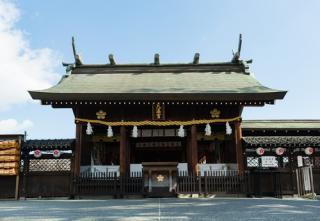
Northern Area
Yamada Tenmagu Shrine
In 1672, Tokugawa Ietsuna, the 4th shogun, encouraged education and learning. The lord of Owari domain, Tokugawa Mitsutomo, valued education and decided to enshrine Sugawara no Michizane's divine spirit in Yamada, now part of Aichi Prefecture. Yamada Tenmangu Shrine became a guardian deity protecting people from misfortunes and bringing blessings. It was located in the inauspicious direction of Nagoya Castle, making it highly revered. See More
In 1672, Tokugawa Ietsuna, the 4th shogun, encouraged education and learning. The lord of Owari domain, Tokugawa Mitsutomo, value…See More







